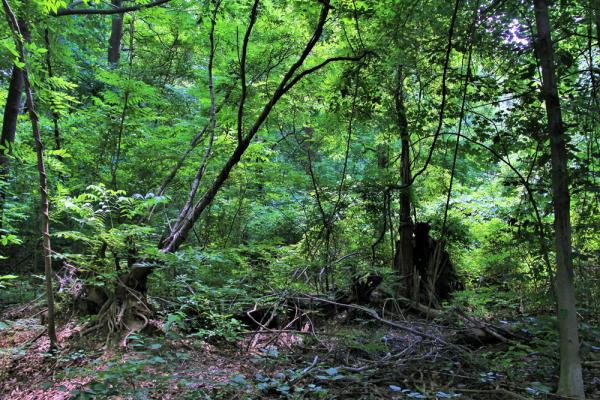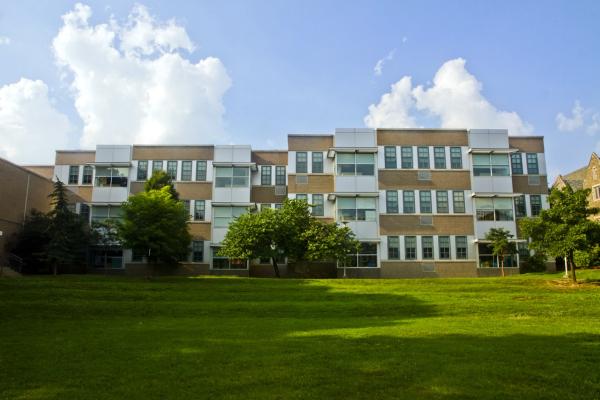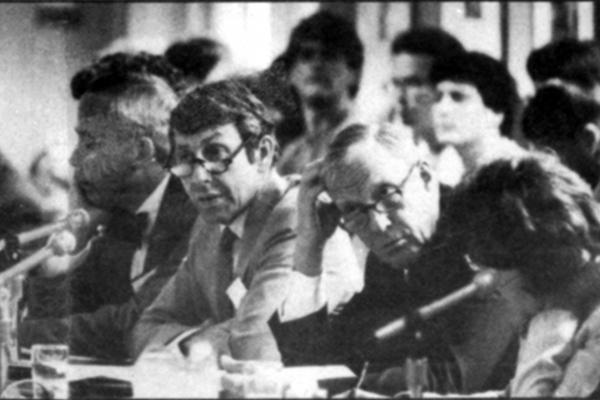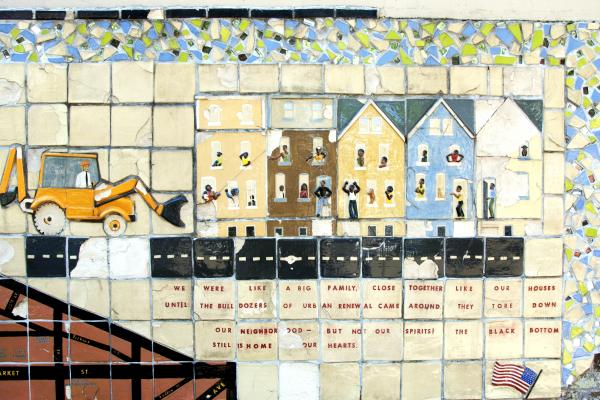Explore Stories
Stories offer an individual narrative of a specific subject. They are the building blocks of Story Collections.
Overbrook Farms, an elite turn-of-the-20th-century suburban development notable for its curvilinear streets and late-Victorian and early-modern houses arose in the quadrant of 59th to 66th streets between City Line and Woodbine Avenues. The project involved more than 50 architects; its hallmarks...

Mill Creek, Indian Run, Morris Park, and City Line are notable historical features of the Overbrook landscape.
Arriving in the mid-1680s, Welsh Quakers held the original patents in the Western Liberties. The descendants of these immigrants maintained sizable estates in the 18th and 19th centuries that evolved into the modern Overbrook.

The Netter Center for Community Partnerships is the centerpiece of Penn’s quarter-century effort to establish mutually beneficial university–community–public school partnerships in West Philadelphia.

At the turn of the Millennium, the University of Pennsylvania, under President Judith Rodin, orchestrated the West Philadelphia Initiatives, a proactive, multipronged strategy to improve social and economic conditions in Penn’s neighborhood of University City.

In the 1970s, the University of Pennsylvania turned inward from West Philadelphia, unable and unwilling to restore its frayed community relations in the face of an unprecedented rise in violent crime.

The University of Pennsylvania’s role in the creation of the University City Science Center in RDA Unit 3, a working-poor, majority-African American neighborhood known locally as the “Black Bottom,” severely damaged its community relations for decades to come.

Drexel unveiled a plan in 1964 for expanding its holdings and building dormitories in Powelton Village and the planned projects were protested by community members until the mid-1970s.
The Drexel Institute had only a peripheral and grudging involvement in the creation of the University City Science Center, a project of the West Philadelphia Corporation (WPC) in Unit 3.
The Drexel Institute of Technology’s successful efforts to receive half of University Redevelopment Area Unit 1—originally designated exclusively for the University of Pennsylvania’s campus expansion—asserted the Institute’s importance as a rising educational institution in West Philadelphia....

Under President John Fry, Drexel adopted a two-prong approach to neighborhood community development—creating a university-assisted middle school and a neighborhood center to connect community partners with Drexel resources.
In the 2010s Drexel launched a building boom of mixed-use commercial developments along Chestnut Street and on streets that intersected with the campus.